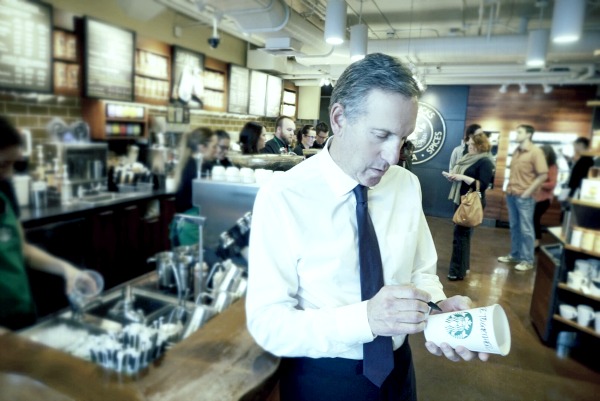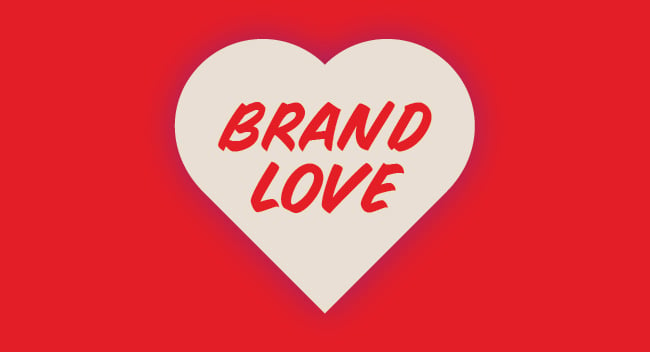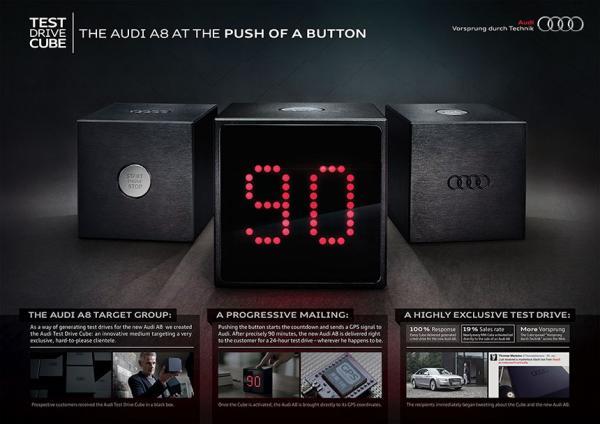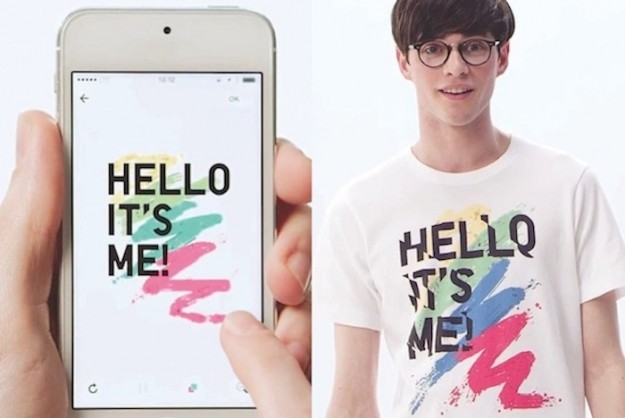Content Writer
Blog
Have you ever considered your product a commodity?
Perhaps not—and we wouldn’t recommend that you do so.
But you must be prepared for customers who may. Like it or not, a mortgage is a mortgage, a car is a car and a hotel room is a hotel room, and your product is one of many.
Regardless of your sector—be it banking, retail, automotive, health care, or something else altogether—your customers make decisions about what they purchase for a variety of reasons. The product itself is increasingly just one of many influencers; the brand may contribute equal weight in the decision-making process.
More and more, aligned values and customer experience are key choice differentiators.
“The Butler did it, in the Service Bay, with unmatched listening skills”
While you may not have played the board game Clue recently, there is compelling evidence that great consumer experience begins with an insight followed by clear and sometimes surprising action. An insight, in our opinion is a fact married to intuition. We used this insight to tackle the need for improved hospitality in the automotive sector and offer an experience that would lead to a higher rate of satisfaction and therefore greater advocacy.
In fact, loyalty increased by 17% for consumers who were completely satisfied with the service on their previous vehicle while under warranty, according to the Maritz New Vehicle Customer Survey.
Experience matters. Every action in a relationship either builds or erodes trust. We see this in the staggering number of divorces that occur every day—over 6,000 in America alone. The same can be said for consumers and their relationships to brands and products. How many times have we “broken up” with a brand because they didn’t deliver the experience the brand had promised, failed to communicate well or even did or said something that was a deal breaker—remember the backlash from Lululemon brand fans when founder Chip Wilson said that some women’s bodies weren’t “right” for their pants?
All of Marketing is caught up in #CannesLions —but what’s the celebration really about? When we say that ‘All Marketing is Loyalty’—we mean it. Every step in the loyalty lifecycle that begins with acquisition and *must* continue in the form of an ongoing relationship, are equally important. Brands who do well by their loyal customers, offering them new and innovative experiences, are more profitably succeeding - if those experiences are good, they will tell others for you. We see this ideal in the submissions for this year’s Direct Lions and we are offered a close up look at what triggers bonding with a brand beyond the monetary.
Increased mobile presence is one of the most important shifts in the brand loyalty market right now, other than millennials, which we’ll talk about later! In fact, 65% of Americans want to engage with their loyalty programs through their mobile device (2014 Loyalty Report).
As people interact with brands more intimately, we are seeing a hunger for personalization—a step away from mass production and a movement towards agency and relevancy. This desire for engagement supports the 4-Drive Model of human motivation approach to brand loyalty, with regards to the drives to create and to bond—both of which in turn foster a deeper emotional connection between consumer and brand.
What makes us remember a moment in time, a brand we encountered, a person we met? Well, I bet it’s not the calendar, or seeing a logo, or even someone’s name (ugh, maybe that’s just me!); it’s because you experienced something in that moment, with that brand, or with that person that sticks in your mind and you recall it again and again. And I bet you tell people about it—billions of people on social media confirm I’m not the only one!
Perhaps not the ones you were thinking of, rather it’s the likes you acknowledge every moment of the day: the car you eyed on the way to work, the way your barista translated your request into the perfect coffee, the phone in your hand as you glance away from this post or maybe it’s the sign on the building that reminds you why you come to work each day. The reality is that likes are a core part of what we do every day and what we like has a huge impact where we invest our time, energy and money.
Let’s begin with a difficult truth; it is increasingly difficult to differentiate yourself in the marketplace by product alone. Chances are, if you have a product that someone else makes just as well, a consumer could choose your product or your competitor’s and not make a bad decision either way.
Finally proof that the LIVE BRAND EXPERIENCE DOES MATTER! Yet, we aren’t doing anything about it!
This week I’m feeling the opposite of inspired. I feel frustrated, despondent and maybe even a little cranky. Why? Because everything I read points me to the same conclusion: that now is the time to take a broader and more strategic view of owned media with events as the cornerstone of that strategy. Yet, my frustration grows as I see little evidence of marketers actually being bold and brave enough to take on this challenge.
Here is the proof that the “human to human experience” grows brand value and that this is simply not reflected in how marketing budgets are spent.






